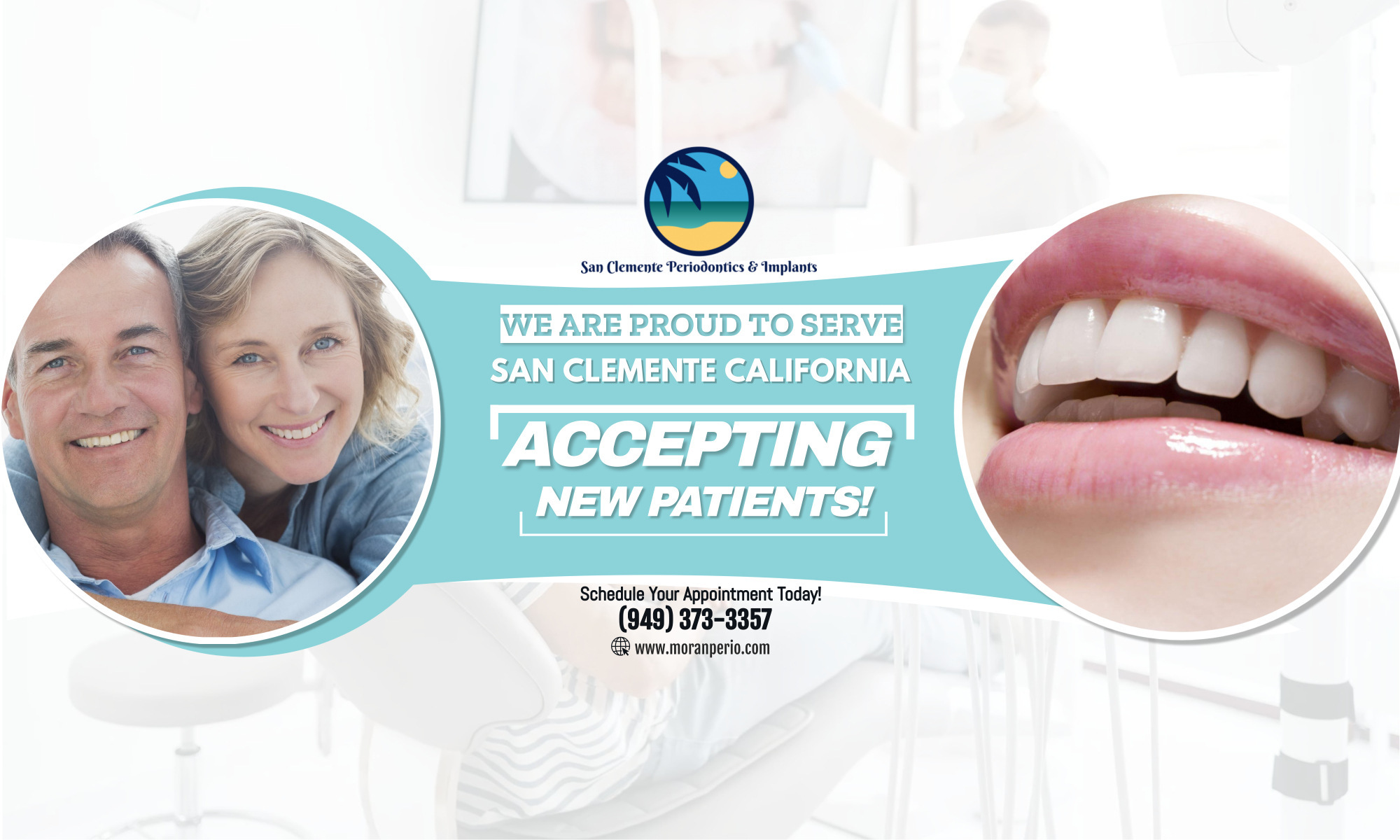Oral cancer hits more than 30,000 Americans every year but you can minimize the risk by taking steps to ensure it’s caught early enough.
The first indications of oral cancer may be a very small, but dangerous, oral spot or sore that you are not even aware of.
In a routine examination, your dentist will carefully examine the inside of your mouth and tongue.
If they notice a flat, painless, white or red spot or a small sore, this may be completely harmless. But harmful spots or sores often look the same as harmless ones.
To ensure that a spot or sore is not dangerous, your dentist may choose to perform a simple test, such as a brush test. This collects cells from the lesion which can them be analyzed.
Any positive results from a brush test must usually be confirmed by a biopsy before deciding the next step.
If precancerous cells are found, the lesion can be surgically removed if necessary during a separate procedure.
When caught early enough, the chances of preventing the cancer developing are high but only half of those diagnosed survive more than five years.
That’s why regular dental examinations are so important for your overall health and not just to have good teeth.
